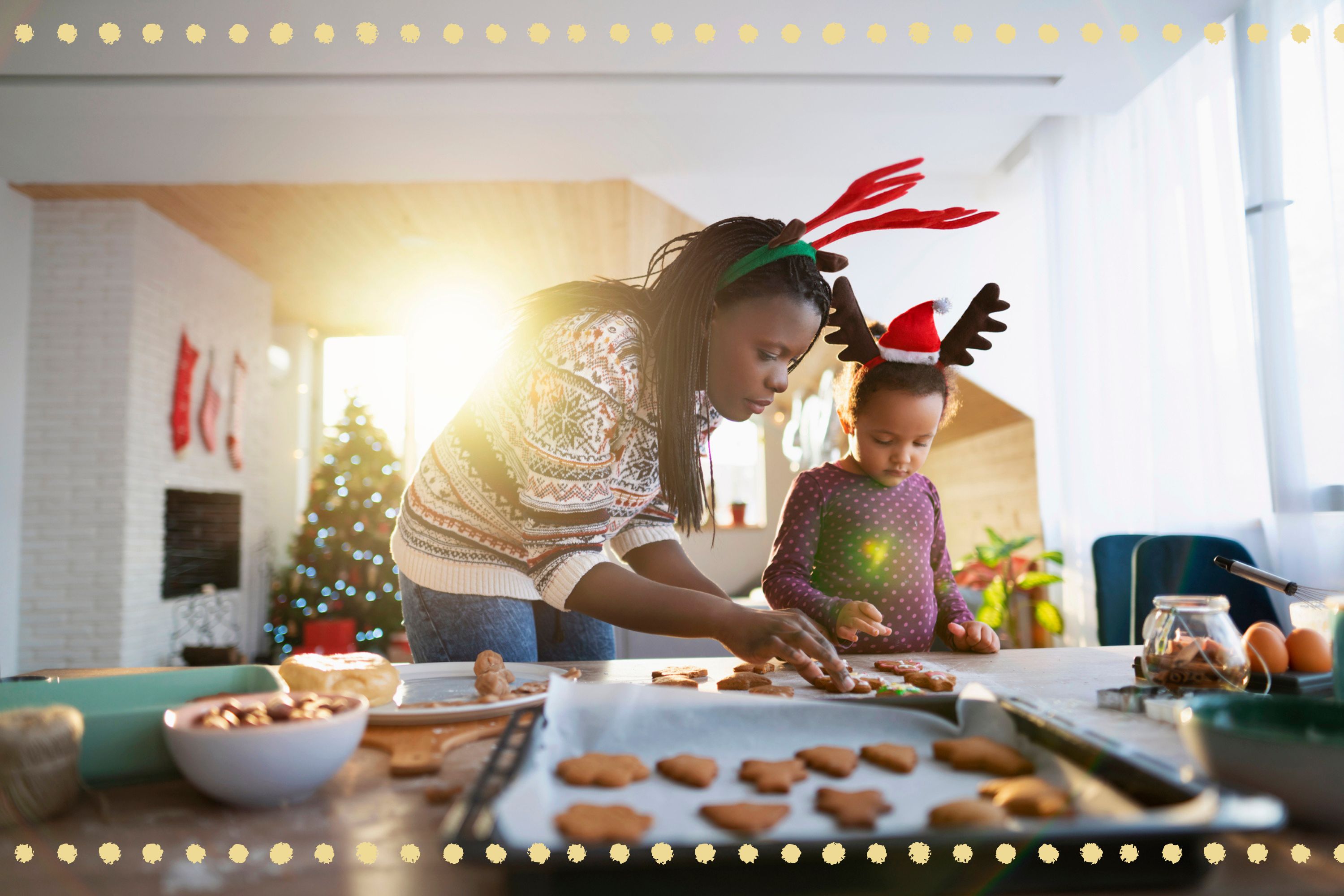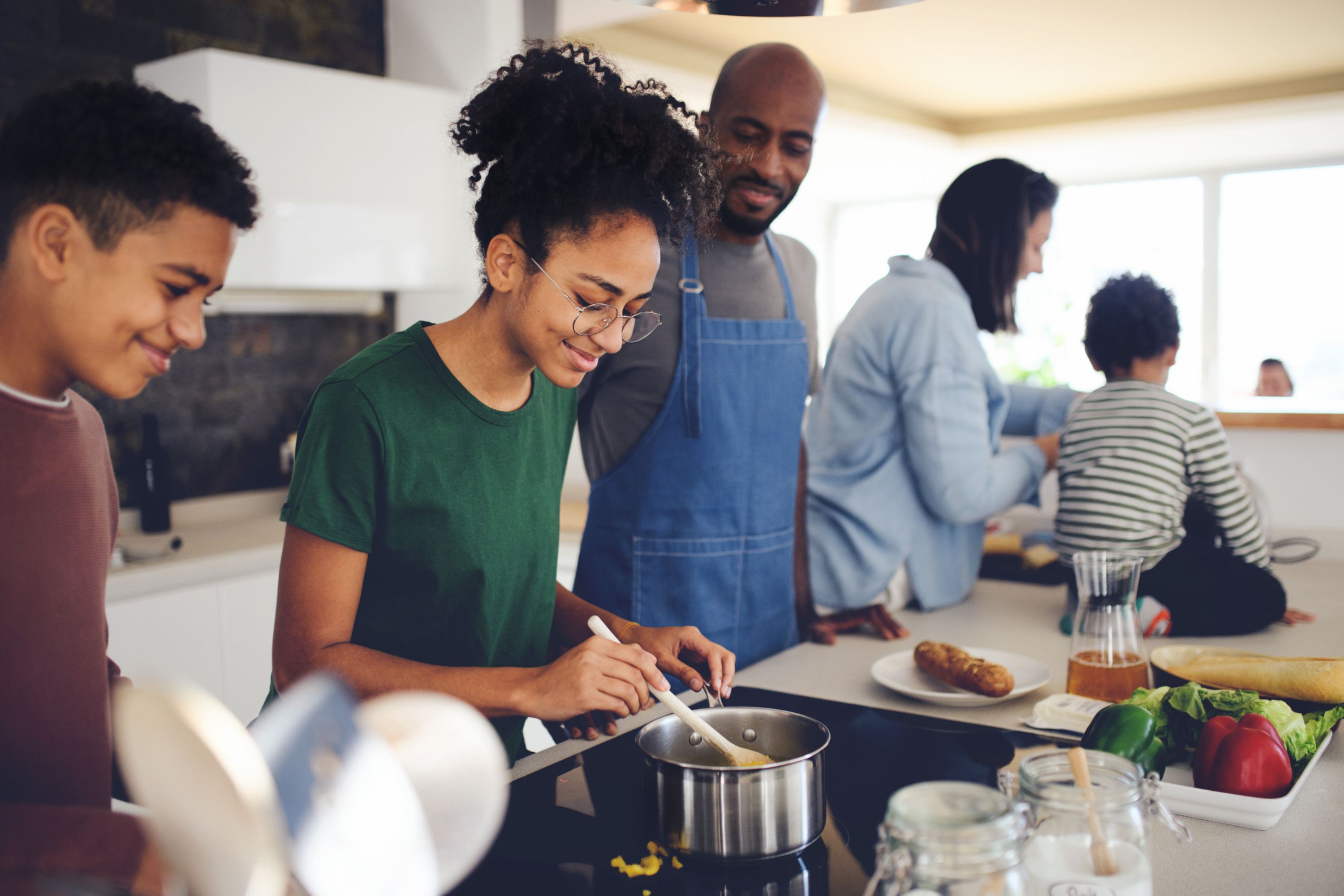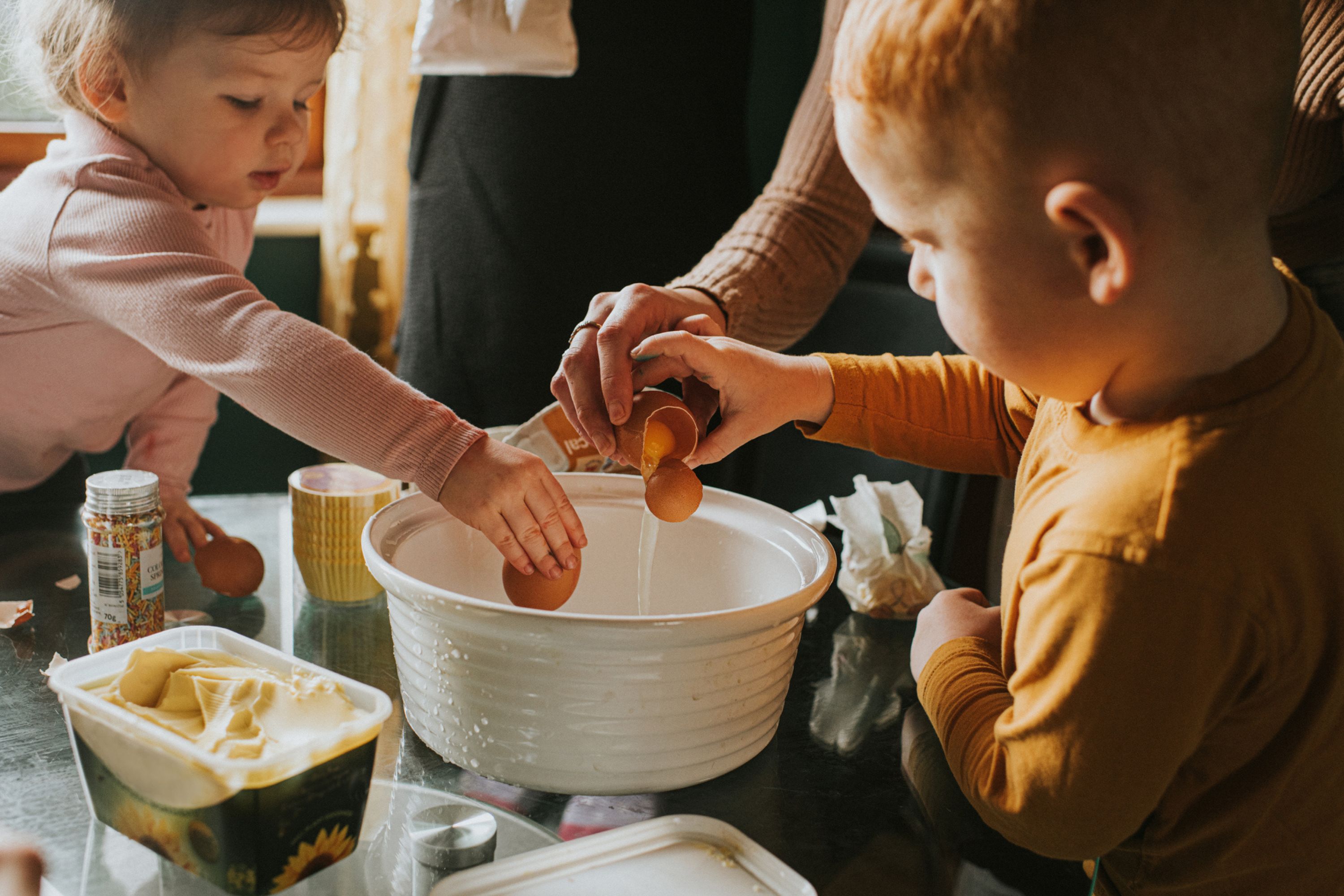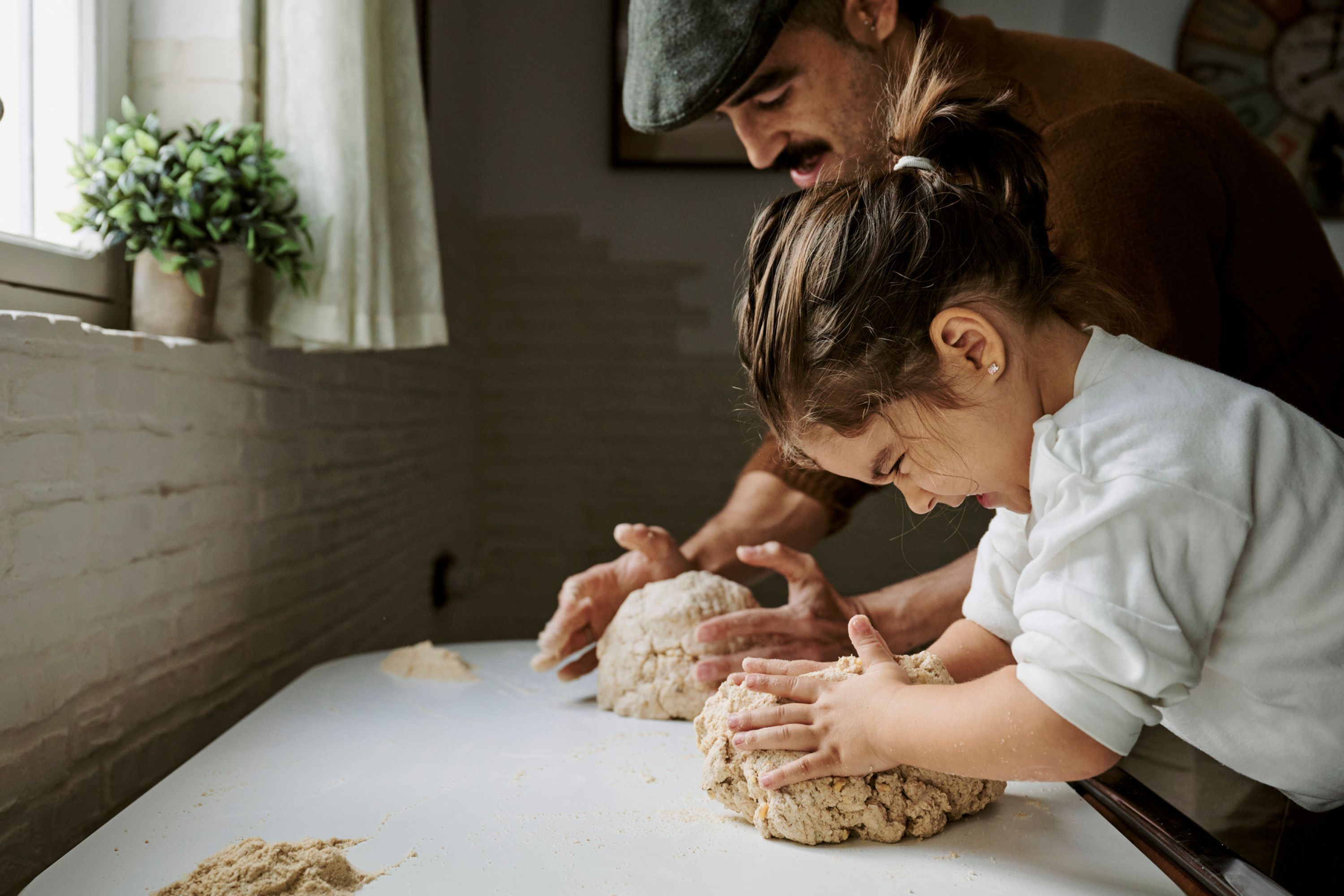
With the Christmas holidays looming ever nearer parents are starting to think about ways to keep their little ones entertained over the festive period and teaching them how to cook could be the answer.
If you’re scratching your head wondering what things to do with kids over the holidays, why not roll up your sleeves and get cooking this winter? Whether it's baking a batch of classic cupcakes or embracing the spirit of Christmas and making homemade mince pies, there are a range of benefits when it comes to cooking with kids - and it’s not just about keeping them occupied.
"Cooking and baking is a great way to spend time with your child on a 1:1 basis. It gives you the opportunity to communicate with your child and helps them to practice important gross and fine motor skills and mathematical and scientific skills – weighing, counting, and measuring. Having to follow a recipe helps strengthen their attention span, helps them learn to follow instructions, and also teaches them new language and vocabulary," says Kirsty Ketley, a parenting consultant, early years specialist, and mum of two who spoke to us earlier this year regarding the best recipes for kids aged 3-6 years old.
Validating this, premium outdoor oven brand Gozney, shared their take on the benefits of letting children help out in the kitchen. Not only is it an opportunity to bond with your youngster, but cooking can help your child's development including the following...
1. Improve their fine motor and hand-eye coordination skills
Learning how to hold utensils such as a spoon to measure out ingredients, or a child-safe knife to cut up vegetables, etc. is a great chance to improve your child's fine motor skills and coordination skills. Even pouring ingredients into a bowl, cracking eggs, picking pieces of shell out (and washing hands of course!) are all part of this development.

2. Improve their mathematical skills
Teach your child the difference between cups, grams, and milliliters - if they are older and interested, explain why the measurements differentiate for example. Encourage them to add and subtract ingredients too. For example, for younger children, if you need three teaspoons of something, let them count them out and put them into the bowl. Or if you’ve got older children, allow them to measure out the ingredients and if they put too much in, encourage them to use their maths skills to work out how much needs to be subtracted to get the right amount of that particular ingredient.
3. Develop their language skills
Reading recipes aloud to your child or getting them to read the ingredients and method is a great chance for them to develop their language skills - and learn without even knowing it. If your child is at the age where they can write or are starting to form letters and numbers encourage them to make a shopping list of the ingredients you’ll need, or re-write the recipe and method so they understand exactly what needs to be done.
4. Build healthier food habits
Getting more involved in food - learning where food comes from, learning why certain foods are good for you, and why others are not will encourage your child to explore different foods. Sometimes children are daunted by texture over taste, allowing them to hold the foods and get messy. Let older children sample different foods - hold mini taste tests to see which they prefer. It’s a great chance to get creative and encourage them to try new things.

Alongside these benefits, Gozney also shared its top tips for making cooking with the kids fun for all the family this festive season including the chance for your little ones to get seriously messy which we’re sure they won’t say no to.
Sneak in the good stuff
Getting the kids to eat their 5 a day can be challenging at the best of times but getting the little ones involved in cooking their food is an amazing vehicle to make those things more desirable. Opt for colourful veggies to encourage them to get excited about these healthy ingredients, or you can even just throw in whatever spare veg you have to hand.
Encourage interactivity
Themed dinner nights are a great way to get children excited about what they will eat. For example, you could base your theme on your family’s favourite movie or even create dishes to look like your favourite animal. A blindfolded tasting session is another fun way to get the kids to try new and different flavours. You could even set this one up as a game with a scoreboard to see who can identify different foods by taste.
Get messy
Cooking foods that you can get hands-on with – like pizza – throws up plenty of opportunities for the kids to get involved with, from the dough through to the toppings. Ditch the mixer, let everyone get messy with the dough, and crush those tomatoes by hand.

Grow your own
Growing your fruits and veggies develops a brilliant respect and understanding of ingredients as well as being fun and educational. Cress and herbs are the easiest to start with and can even be done by a window. If you have an outdoor space you can use it to grow a variety of delicious and nutritious foods like tomatoes, peas, onions, and carrots.
Feeling encouraged to cook with your little ones? We’ve got plenty of child-friendly recipes to choose from here on Goodto including the best recipes for kids aged 7-11 years, the best recipes for kids 12 years and over, and easy baking recipes for kids of all ages.







